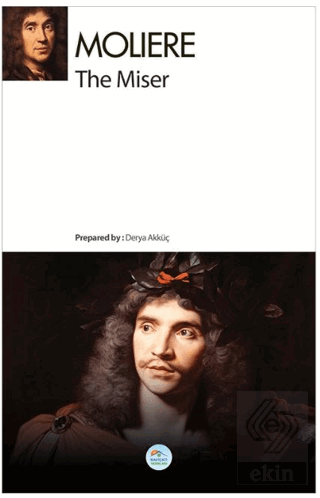
The plot concerns the classic conflict of love and money. The miser Harpagon wishes his daughter Elise to marry a wealthy old man, Anselme, who will accept her without a dowry, but she loves the penniless Valère. Harpagon himself has set his eye on young, impoverished Mariane, whom his son Cléante also loves. Much of the play's action focuses on Harpagon's stinginess. Although The Miser is usually considered to be a comedy, its tone is one of absurdity and incongruity rather than of gaiety.
The plot concerns the classic conflict of love and money. The miser Harpagon wishes his daughter Elise to marry a wealthy old man, Anselme, who will accept her without a dowry, but she loves the penniless Valère. Harpagon himself has set his eye on young, impoverished Mariane, whom his son Cléante also loves. Much of the play's action focuses on Harpagon's stinginess. Although The Miser is usually considered to be a comedy, its tone is one of absurdity and incongruity rather than of gaiety.
| Taksit Sayısı | Taksit tutarı | Genel Toplam |
|---|---|---|
| Tek Çekim | 62,00 | 62,00 |
| 2 | 32,24 | 64,48 |
| 3 | 22,32 | 66,96 |
| Taksit Sayısı | Taksit tutarı | Genel Toplam |
|---|---|---|
| Tek Çekim | 62,00 | 62,00 |
| 2 | 32,24 | 64,48 |
| 3 | 22,32 | 66,96 |






















